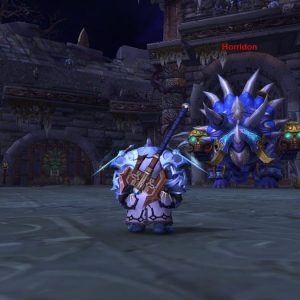Picture this: You see a crowd milling about, entertained by a character playing a musical instrument, all while another party member pickpockets them. Dastardly, right? In another instance, you might whisper sweet nothings to a companion, only to sleep with someone else so you can break your other companion’s heart. Sounds vile, no? Indeed, Baldur’s Gate 3 offers many opportunities for misdeeds and general assholery. Unfortunately, it also fails to deliver on a purely evil experience, at least one where you aren’t severely punished.
Don’t get me wrong: Baldur’s Gate 3 is an amazing game–the reactivity and multiple outcomes are overwhelming and impressive. Well-written dialogue, character personalities, and memorable quests kept me engaged for roughly 270 hours, from early access until the present.
Although I did start out as an evil character (via the Dark Urge origin), I approached the campaign as a redemption arc of sorts. With countless backups for save-scumming, I was able to check different results based on key decisions throughout the campaign. That’s when I realized how being purely evil in Baldur’s Gate 3 didn’t just mean dealing with the harsher consequences of my actions, but also how there’s very little to gain in return. In effect, what could’ve been an interesting or compelling role-playing hook leads to a rather unrewarding conclusion. Also, it goes without saying that this article contains major spoilers.
How Baldur’s Gate 3 fails at delivering a purely evil experience
A lack of evil characters
The first factor to consider is how Baldur’s Gate 3 lacks characters of an evil alignment. Karlach, who was imprisoned and tortured in the hells for a decade, has a bubbly personality that encourages you to be nice to other folks. The same can be said for Wyll who, although pact-bound via demonic forces, still wants to do heroic deeds. Likewise, there’s Halsin, who wants you to protect nature and innocents.
You’ve also got Shadowheart who, despite being secretive and pragmatic, tends to be compassionate. Gale, meanwhile, is more neutral, though you gain approval for doing good deeds. As for Lae’zel, she can be arrogant and abrasive, but does not act on evil motivations. In the end, the only one that truly fits the bill is Astarion, who scoffs at kind-hearted acts due to his past.
As such, the companion approval system is less of a balancing act between good and evil, and more of just bringing people with like-minded views, while leaving the others in your camp. That’s why I rarely used Lae’zel and Astarion in my playthrough, since they were often at odds with other party members. This also extends to yet another companion: the drow paladin Minthara.
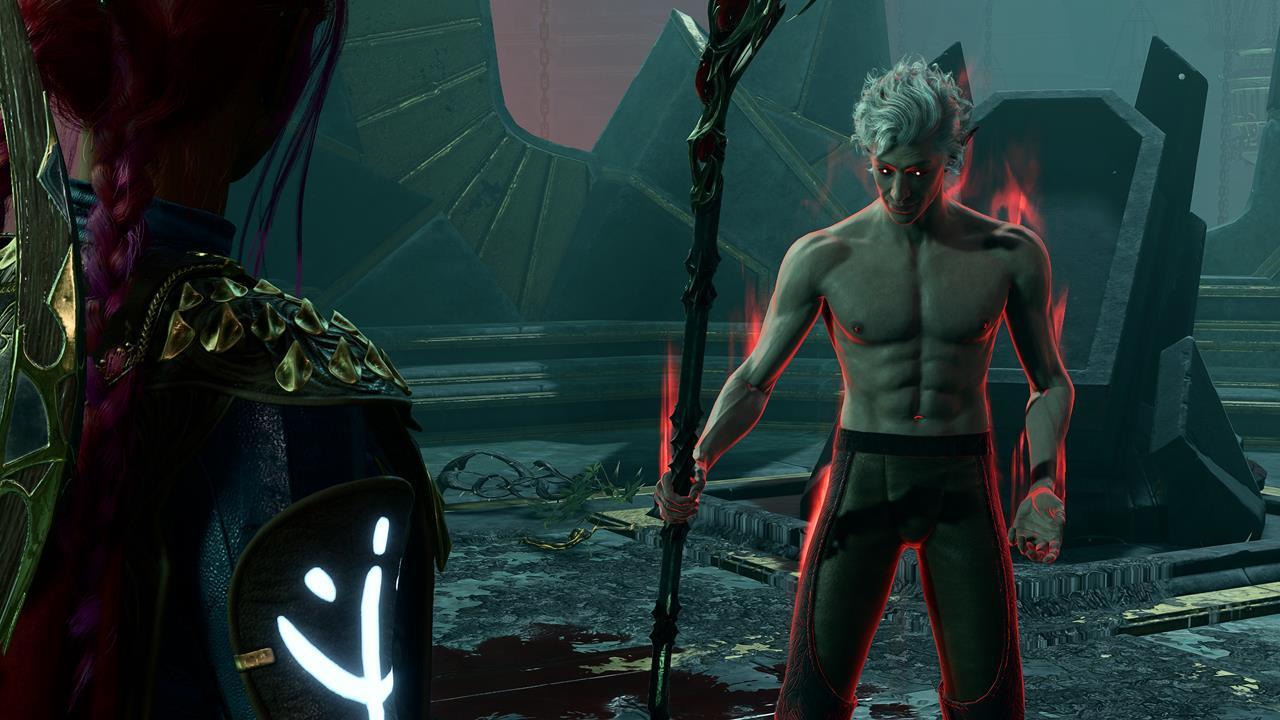
The Minthara decision
An Act 1 dilemma allows you to side with Minthara’s goblin army against the tieflings and druids. This would cause countless innocents to be massacred in the name of the Absolute. Coincidentally, this also leads to the Minthara romance. This, too, is one of the first few evil actions with long-term consequences.
I kept a backup save where I took Minthara’s side. The results:
- Karlach and Wyll left my party forever.
- Halsin no longer plans on helping the group.
The Minthara decision meant that I would lose access to three companions, all of whom had full-fledged quests and interactions. Consequently, you forgo the options to romance Karlach or Halsin, the latter of which is a polyamorous option in the campaign. Speaking of romances, the Mizora romance might no longer be available, given that Wyll has left my squad. That may extend to Wyll’s arc, such as saving his father or completing the Legend of Ansur. There might be opportunities to tackle those objectives later, but I feel that they’d be moot, considering that the person with that particular narrative arc is no longer around.
Is committing an atrocity just to gain one companion, only to lose three others, worth it? I definitely don’t think so. Although I didn’t progress further using that backup save, I’ve seen other players criticizing Minthara’s lack of development in the later stages of the campaign. Certain topics on Reddit have users expressing their disappointments, as well as sharing their findings, after reaching Act 3 with Minthara in tow.
Still, there seems to be a way to recruit Minthara, while also ensuring that the other companions don’t leave, at least based on this Reddit post from user Milkhemet_Melekh. I personally haven’t tried that–it seems that you have to skip a pivotal section of the game just to trigger her appearance later. If a workaround is more gamey than usual, then I’d say the fault lies in how the character was conceived and included.
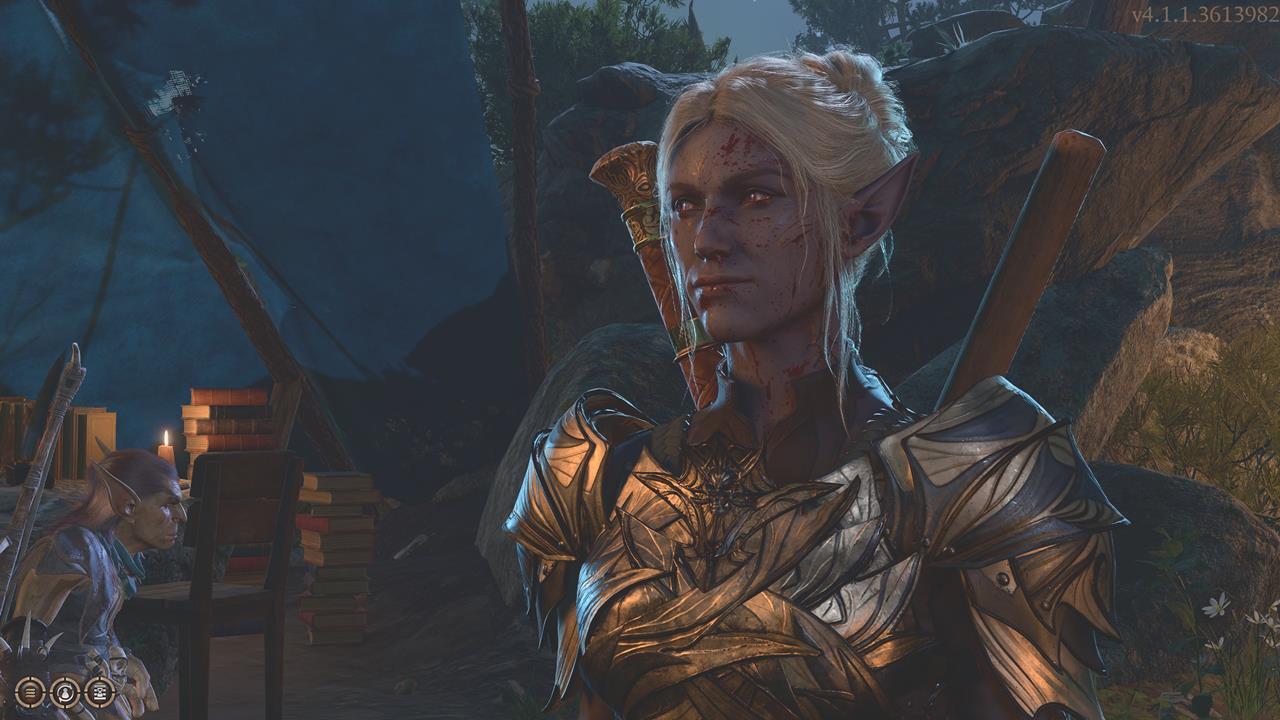
Keeping Isobel and Nightsong alive
Jumping ahead to Act 2, we see how Baldur’s Gate 3 falters when it comes to delivering a purely evil experience. There are a couple of important decisions that you need to make. The first is how to deal with Isobel, the cleric who keeps Last Light Inn shielded via a protective barrier. The second is the aasimar daughter of Selune, Dame Aylin, also known as the Nightsong.
In our Nightsong guide, I detailed the various outcomes that you can expect. The most notable is how Shadowheart killing Nightsong causes the barrier to dissipate entirely (the same also happens if you murder Isobel). Everyone in Last Light Inn will get massacred. This causes quite a predicament:
- If Dammon the blacksmith dies, I wouldn’t be able to give him Infernal Iron for Karlach’s quest and romance.
- If Art Cullagh dies and I wasn’t able to awaken him, that might break Halsin’s quest chain, as well as his subsequent recruitment and romance.
- Jaheira, a returning companion from the previous games, can also die.
- Jaheira’s death could prevent me from recruiting yet another returning companion, Minsc, in Act 3.
- There may be a separate branch where Shadowheart passes a tough religion check to devote herself fully to Shar’s cause, all without killing Nightsong, but I’ve yet to confirm that.
In this case, a single heinous decision has the potential to ruin your playthrough. What do you get for it? Well, Shadowheart fully embraces Shar’s teachings to become a Dark Justiciar. Eventually, this culminates in Shadowheart entering the House of Grief to overthrow Viconia DeVir (another companion from the previous games). Again, the question arises: is this one outcome worth losing all other potential companions and quests?
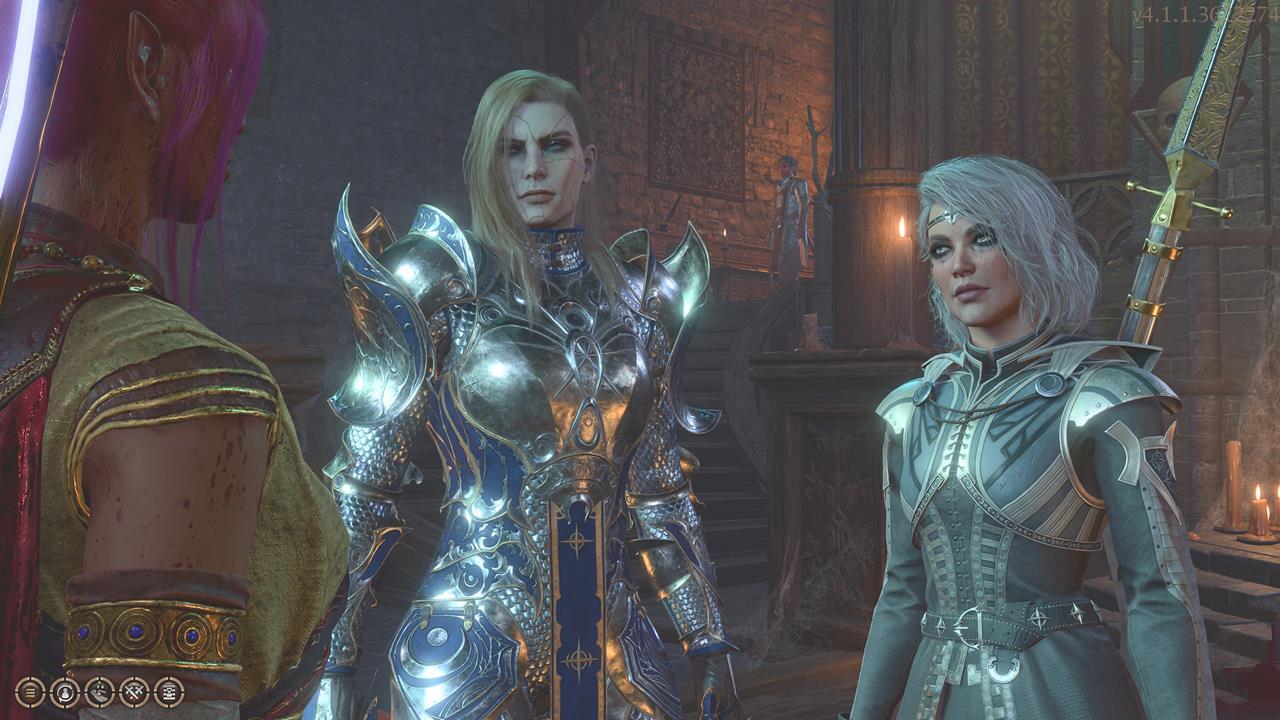
Bhaal worship and the Dark Urge
As far as being evil in Baldur’s Gate 3 goes, nothing can compare to a Dark Urge playthrough, and I encourage everyone to try it for a future campaign. In it, your character is possessed by a murderous rage, which causes them to be intent on killing, maiming, and burning anything and everything–very “Blood for the Blood God” style, if you will. It leads to extremely gory scenes, and some disastrous consequences, all in the name of Bhaal.
However, in spite of how much praise I heap upon the Dark Urge’s storyline, I also believe that purely evil players get the short end of the stick here. Indeed, I’d go so far as to state that Dark Urge is best played as a redemption arc: you begin the campaign as an evil character, then you slowly break free of Bhaal’s control, making for one of the best examples of character development I’ve ever witnessed in a game. After a fateful decision, my character was instantly killed by Bhaal, and I thought that was a game over. Suddenly, Withers, the same hooded skeleton who offers class respec services, appears. After explaining that I had faced down the god of murder, a deed worthy of the heroes of legend, my character was reborn without the Bhaalspawn curse.
Unfortunately, the same can’t be said if I fully tread down a darker path:
- Killing Gale means losing a powerful Wizard.
- Murdering Isobel causes the annihilation of everyone in Last Light Inn, with all the problems cited earlier.
- Slaying your lover means that you just wasted all that time romancing them.
- Failing a roll after killing your lover will cause all companions to turn hostile, likely leading to a game over.
- Accepting Bhaal’s gifts after the Murder Tribunal and Orin the Red boss fight will cause Jaheira and Minsc to turn hostile, which is fitting given that they did battle the Bhaalspawn in a previous game. Sadly, that also means you have to take them out.
What do you get in return? Well, you can turn into your Slayer form as early as Act 2. Sadly, it pales in comparison to an earlier reward, the Deathstalker Mantle, which makes complete and total submission to Bhaal unnecessary.
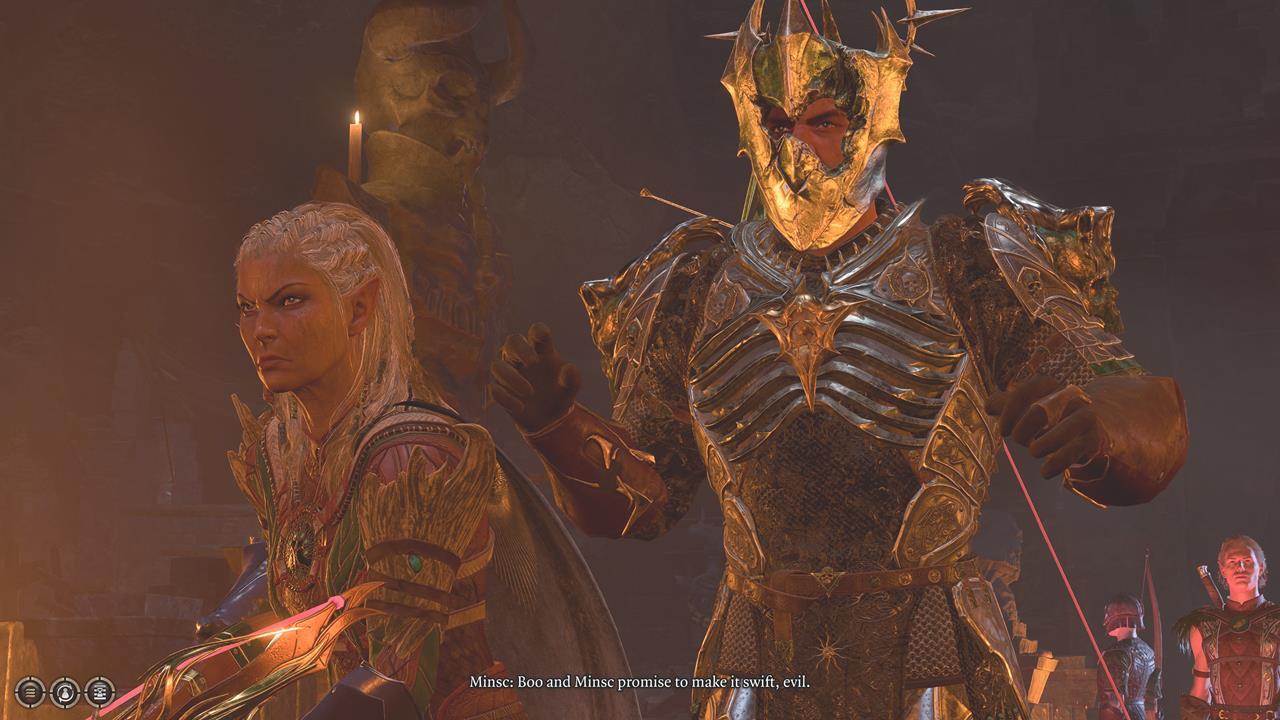
Dominating the Netherbrain and becoming the Absolute
Speaking of Bhaal worship, the evil endings are relatively weaker and unsatisfying compared to the good ending. Should you decide to dominate the Netherbrain, your character will kill their Illithid ally, while mind controlling other companions.
As far as I can tell, the only difference between a general evil ending and one where you embrace Bhaal fully is a single line of dialogue–“In my name” or “In Bhaal’s name,” respectively.
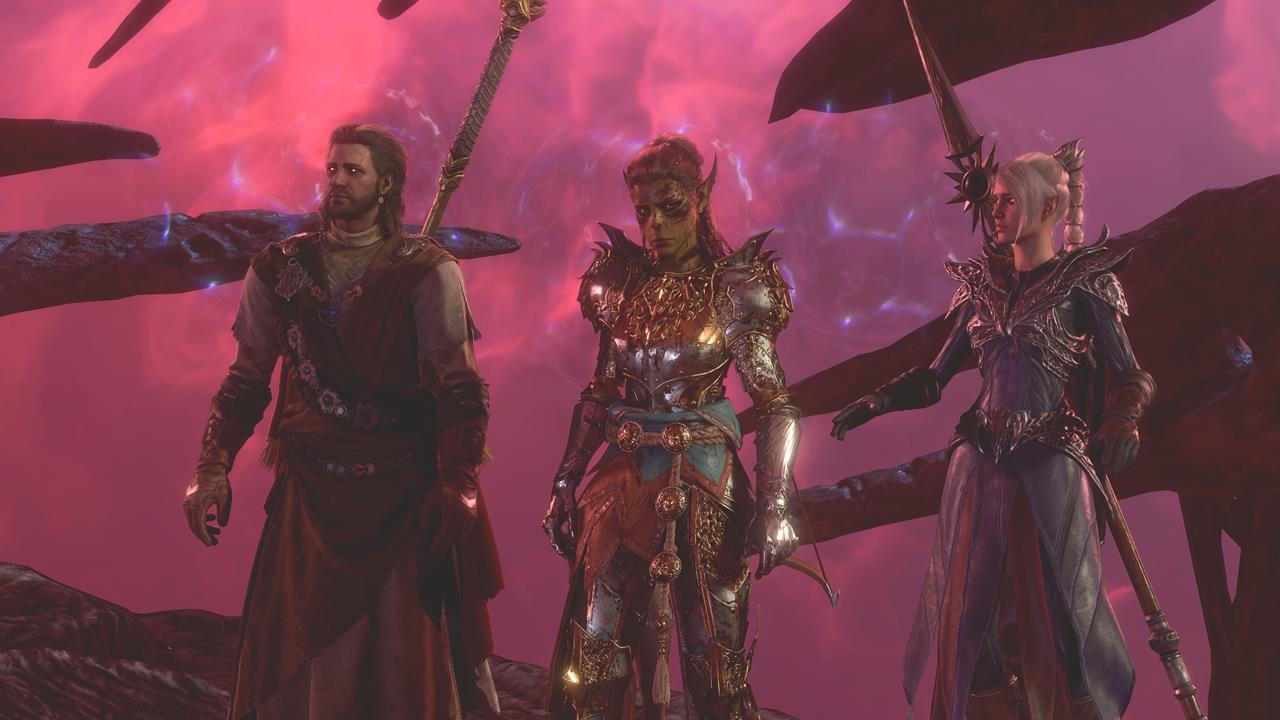
How other games deal with the morality system
Many games have dealt with a morality system–good versus evil alignments–far better than Baldur’s Gate 3. “Better,” in this case, isn’t necessarily about the writing or storyline. Rather, it’s more on role-playing as a vile and morally corrupt individual, and yet still having outcomes that don’t punish you severely.
For instance, Star Wars: Knights of the Old Republic has the Light vs. Dark Side alignment, where you can slowly nudge your companions down a path the more they see your actions. Likewise, the Mass Effect series makes use of this with the Paragon vs. Renegade mechanic. Then, there’s Tyranny, which is all about being evil, albeit just different flavors and degrees of wickedness.
Perhaps the best example I’ve seen is in Pathfinder: Wrath of the Righteous, which, coincidentally, stems from a tabletop game that used a modified version of Dungeons & Dragons’ systems. In Pathfinder: Wrath of the Righteous, you get to choose from various Mythic Paths with their own alignments. These also include new transformations and abilities, such as turning into a Devil or a Demon, as well as game-changing features.
A decision to become a Lich would mean raising certain NPCs from the dead to make them your thralls. Meanwhile, the Swarm-That-Walks foregoes companions, since you turn into a hive mind of all-consuming locusts. The decisions and dilemmas incorporate different elements to offset what you’d be missing when going down the purely evil path–it’s player agency without necessarily sacrificing a full and fruitful experience.
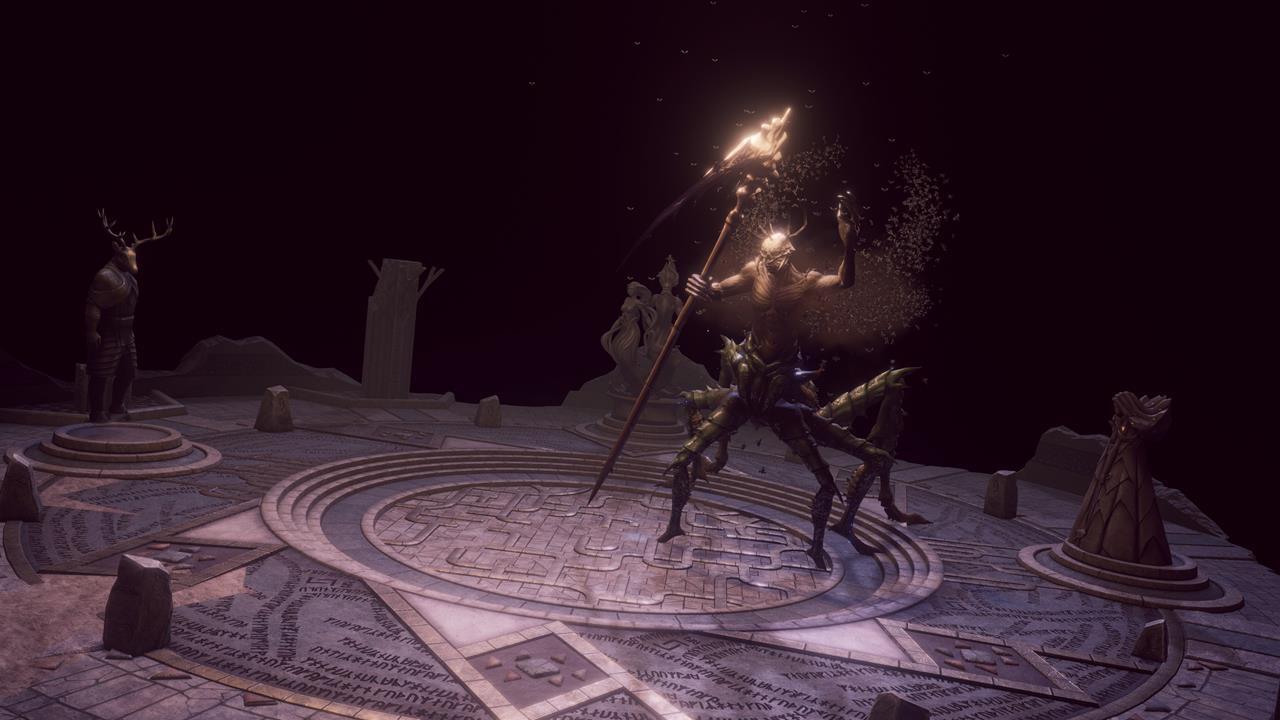
Again, all these criticisms don’t mean that Baldur’s Gate 3 is a bad game. It’s downright amazing, and it’s worth checking out. Overall, though, I’d advise you to err on the side of caution when making in-game decisions for role-playing purposes. Being evil can be punishing, or leave a rather empty feeling to the experience, as evidenced by the examples I’ve outlined. You’ll likely retain Minthara, Astarion, Gale, Lae’zel, and Shadowheart (Dark Justiciar), but you could also potentially lose five others–Karlach, Wyll, Halsin, Jaheira, and Minsc–and all the banter and interactions that they bring.
As of now, if you want to truly experience the length and breadth of Baldur’s Gate 3, you’re better off taking a neutral-to-good path, with a bit of maliciousness and deceitfulness mixed in, but never as a full-blown villain. To go the purely evil route in Baldur’s Gate 3 would mean a unique role-playing experience, but it comes at the expense of missing out on a great chunk of what the game has to offer.
The products discussed here were independently chosen by our editors.
GameSpot may get a share of the revenue if you buy anything featured on our site.







